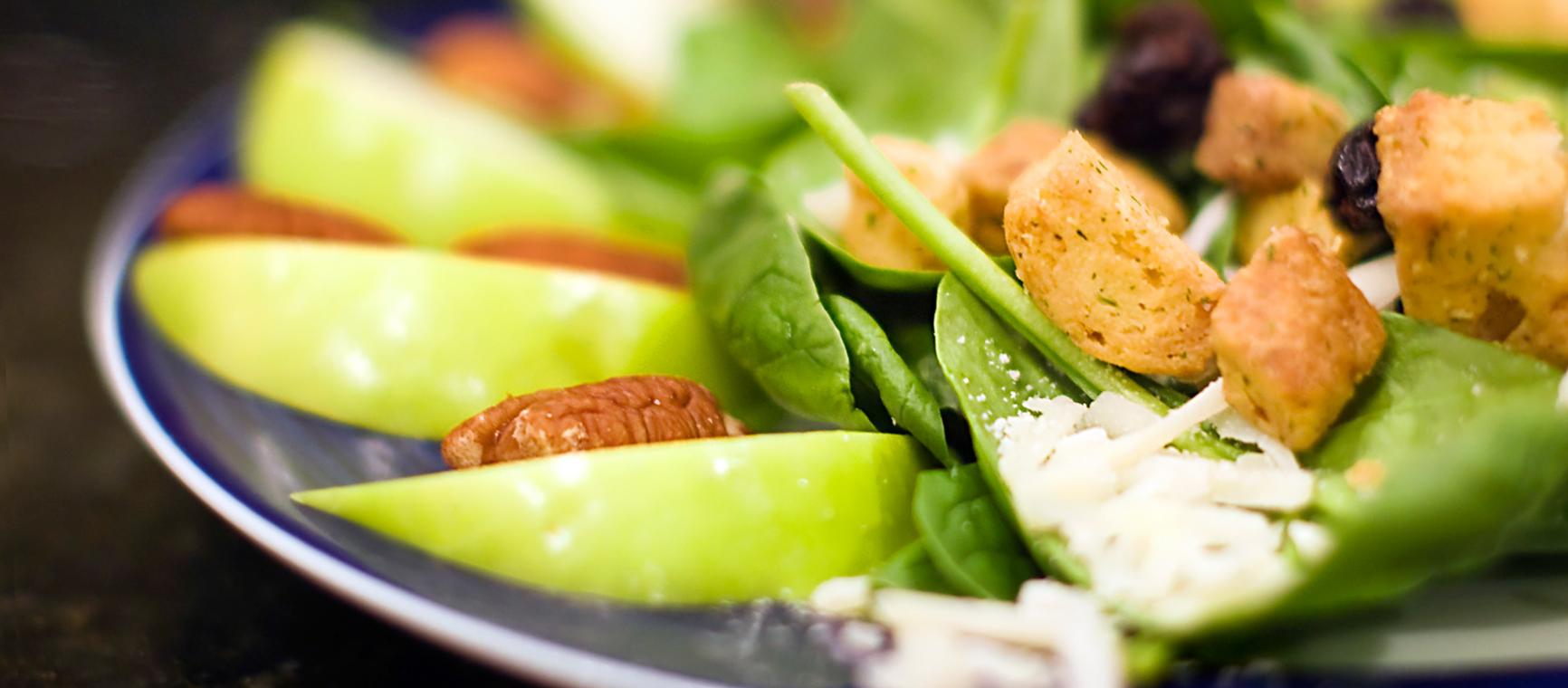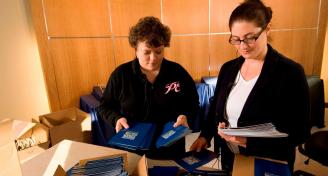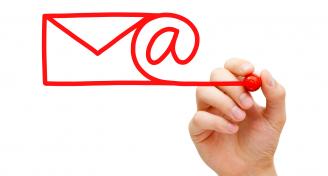5 Food and Beverage Planning Tips
Menu selection!
For many event planners, this is a favorite activity. It involves food (we all love food, right?), reading delicious descriptions of the food (love that!), and creativity (a very strong trait in meeting professionals). But, it is also one of the highest profile elements of your meeting and the one that attendees WILL talk about and remember. To ensure that the conversations and memories are positive instead of negative, menu selection requires a strategic focus in your planning process.
1. Remember Your Audience
This may seem like a no-brainer, but we have seen menus that don’t match the audience way too often. All menus should offer balanced choices to accommodate your diverse audience, but if you know that a specific demographic is more heavily represented in your audience, your menu should reflect that. For example, in very broad terms, a male-dominated audience will generally require more substantial food options than a female-dominated audience, and older audiences will generally prefer more traditional options than a younger audience. Every group is unique, but if you understand the demographic profile of your group, you are more likely to develop menus that will appeal to the masses.
2. Plan Menus Around Your Agenda
We touched on this last month when we wrote about 2013 event trends – it’s important to take the time to consider how your meal ties into the event functions around it, and plan the menu to offer choices that will naturally help put attendees into the state-of-mind needed for the event. If you are offering very technical breakout sessions in the afternoon, your lunch should include more protein options like chicken or fish instead of heavy carb options like pasta. If your sessions for the day will run into the early evening, consider skipping the temporary sugar high that cookies and brownies at the afternoon break will provide (because they’ll also provide a crash soon after) and offer nuts, fruits or veggies instead for natural energy.
3. Know Your Numbers
If you are expecting 300 people at your event, does that mean that you have to plan for 300 people at every single function? Not necessarily. In most groups, you will lose a certain percentage of people for meal functions because of private meetings scheduled, other commitments, people who usually skip breakfast, or attendees needing to take time for work during the day. Get to know your group as much as you can to understand their habits so you can make the best financial decisions on food and beverage.
4. Know Your Goals
Beyond the overall event goals, define what the goals are for each meal function as well to help with menu decisions. If the goal of an evening dinner is networking, a reception format will be more successful than a seated dinner. If the goal of a lunch is for teams to work together on a project, consider a limited buffet menu or a simple plated lunch.
5. Be Creative
If the standard published menus don’t offer what you need for a particular meal function, don’t be afraid to work with your venue on a custom menu. Most venues and their chefs are happy to work within your budget and goals to create a menu especially for your group.
What other menu planning tips can you share?
Image courtesy of jsnflo





